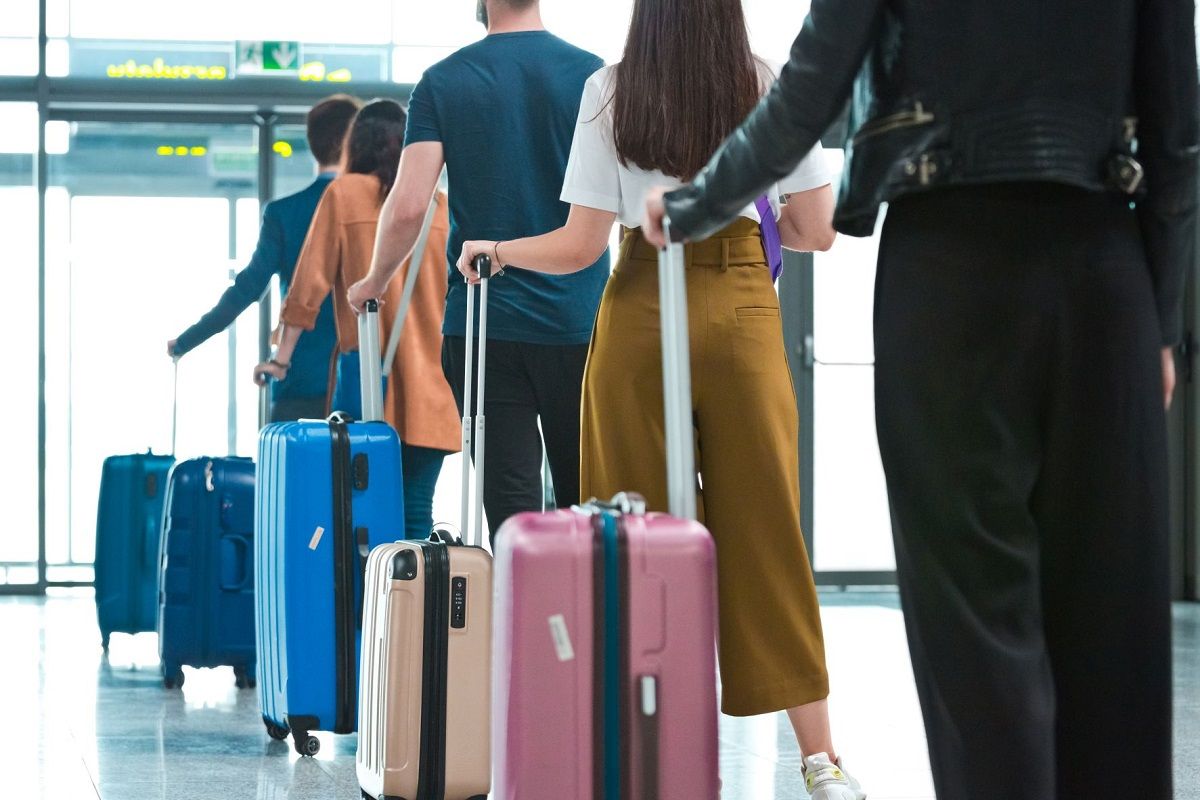IATA: Airlines Gaining Lost Ground as Tourism Picks Up Pace
The International Air Transport Association (IATA) revised upward its outlook for the industry’s 2022 financial performance adding however that key challenges ahead will include soaring fuel prices and preparing job-ready staff trained to perform new post-Covid-19 safety and security checks.
According to IATA, employment delays, which are set to remain for quite some time, may act as a constraint on an airlines’ ability to meet passenger demand.
IATA expects industry losses this year to reduce to 9.7 billion dollars improved from the October 2021 forecast of an 11.6-billion-dollar loss. “A huge improvement,” the association said, from losses of 137.7 billion dollars in 2020 and 42.1 billion dollars in 2021.
Financial performance in all regions is expected to improve in 2022 compared with 2021. Specifically for Europe, IATA sees the region edging closer to profitability in 2022 despite the Russia-Ukraine war, forecasting a net loss of 3.9 billion dollars. Demand is expected to reach 82.7 percent of pre-crisis 2019 levels and capacity 90.0 percent.
“It is a time for optimism, even if there are still challenges on costs, particularly fuel, and some lingering restrictions in a few key markets,” said IATA Director General Willie Walsh.
IATA analysts revised their outlook in view of strong demand, fewer travel restrictions, and accumulated personal savings set to boost passenger numbers to 83 percent of pre-pandemic levels in 2022. So much so that IATA says industry-wide profitability in 2023 is feasible with North America already expected to achieve 8.8 billion dollars profit this year.
“Airlines are resilient. People are flying in ever greater numbers. And cargo is performing well against a backdrop of growing economic uncertainty. Losses will be cut to 9.7 billion dollars this year and profitability is on the horizon for 2023,” said Walsh.
In the meantime, efficiency gains and improving yields are helping airlines cut losses even with rising labor and fuel costs, said the report.
Key challenges in 2022 include:
– keeping costs under control: industry revenues are expected to reach 782 billion dollars up by 54.5 percent over 2021 and 93.3 percent of 2019 levels
– a total of 33.8 million flights will be operated in 2022, up by 86.9 percent of 2019 levels at 38.9 million flights
– passengers are set to generate 498 billion dollars in industry revenues, more than double the 239 billion dollars generated in 2021
– scheduled passenger numbers are expected to reach 3.8 billion
– cargo revenues are expected to account for 191 billion dollars of industry revenues
– overall expenses are expected to rise to 796 billion dollars, up by 44 percent increase compared to 2021
– fuel – at 192 billion dollars, will be the industry’s largest cost in 2022 accounting for 24 percent of overall costs, up from 19 percent in 2021
– labor is the second highest operational cost item for airlines with direct employment in the sector expected to reach 2.7 million, up by 4.3 percent on 2021. Employment is still below the 2.93 million jobs in 2019 and is expected to remain below this level for some time
– tight labor markets and skill shortages are likely to contribute to upward pressure on wages. The industry’s wage bill is expected to reach 173 billion dollars in 2022, up by 7.9 percent on 2021
– risk factors, according to IATA, include the Russia-Ukraine war, Covid-19 developments and the prolonged implementation of coronavirus policies in China whose domestic market alone accounted for about 10 percent of global traffic in 2019.







